IS SWIMMING THE PERFECT WORKOUT? (MUSCLES, JOINTS, AND CALORIES)
We've all been told that swimming is the "master of all exercises." But is it really true?
The common claims are that swimming works every major muscle group, creates zero impact on your joints, and burns as many calories as running.
Let's put these claims to the test. This article will break down the science of muscles, joints, and calories to see if swimming truly deserves the title of the ultimate workout.
Dive Into: The Science of Swimming Fitness
- Round 1: Joint Impact and Injury Prevention
- Round 2: Muscle Engagement (🎥 Watch Video)
- Round 3: The Calorie Burn Battle (Swimming vs. Running)
- The Verdict
- Frequently Asked Questions
Round 1: Joint Impact and Injury Prevention
This one is a no-brainer. When it comes to kindness to your body, swimming wins hands down.
Unlike running, which involves the constant, high-impact pounding of your feet on the pavement, swimming is a low-impact sport. The buoyancy of the water supports your weight, removing the stress of gravity from your joints. This makes it the perfect exercise for rehabilitation, longevity, and staying fit without the wear and tear.
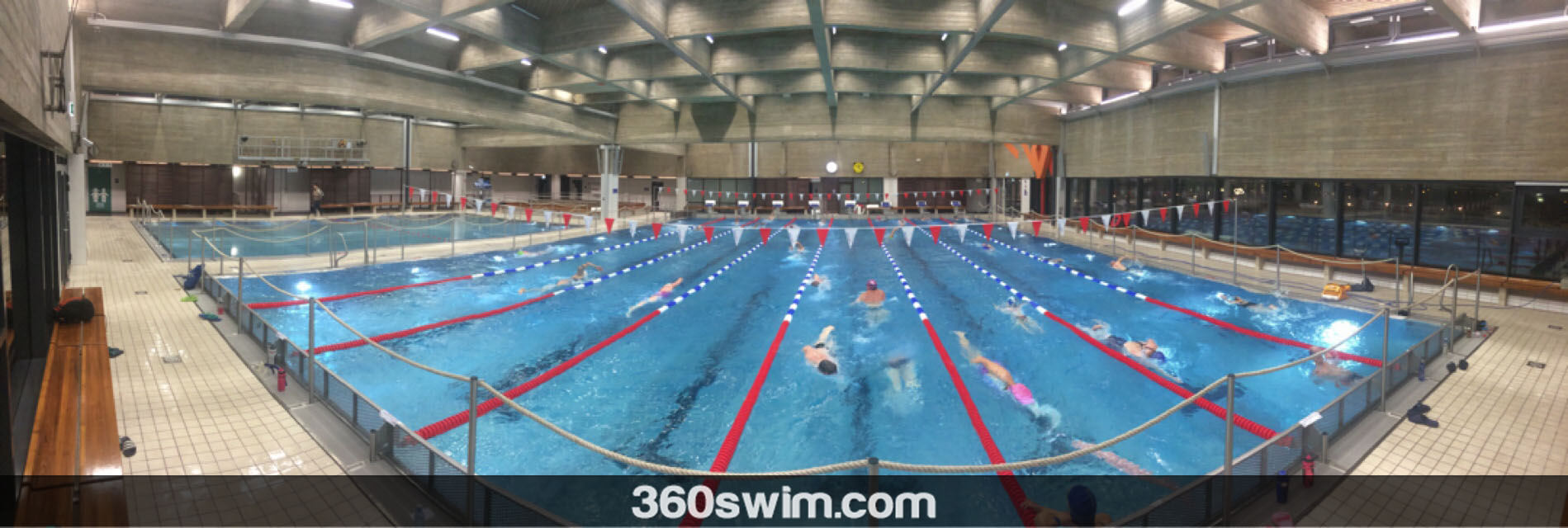
Round 2: Muscle Engagement
Now, let's look at the claim that swimming works "all major muscle groups." Is it true?
The short answer is yes. To help visualize this, I found a video simulation created by Dr. Nakashima from the Tokyo Institute of Technology. It provides a fascinating insight into exactly which muscles fire during each of the four strokes.
Watch below to see how swimming engages the entire body in a way few other sports can.
🎥 Watch: Muscle Activation Analysis
Round 3: The Calorie Burn Battle (Swimming vs. Running)
This is where it gets tricky. Does swimming burn as many calories as running?
The Case for Swimming: A swimmer moves through water, which is usually much cooler than body temperature. Your body burns calories just to stay warm, even if you are sitting still. Plus, water is far denser than air, meaning it is much tougher to move through.
The Case for Running: However, running engages the quadriceps and glutes, the largest and most powerful muscle groups in the body, constantly and intensely. Because of this massive muscle activation working against gravity, you will generally burn calories quicker while running than swimming at a moderate pace.
The Reality: To burn the same total amount of calories as a runner, a swimmer usually needs to swim for a longer duration.
Note: Sports like water polo are the exception. The constant treading water uses the leg muscles intensely, putting the calorie burn on par with running.
The Verdict
So, is swimming the master of all exercises?
If you are looking for a full-body workout that builds strength in every muscle group while saving your joints from injury, yes, it is the king.
However, if your only goal is to burn the maximum number of calories in the shortest amount of time, running might have the slight edge, but at a much higher cost to your knees!
Frequently Asked Questions
Does swimming work every muscle in the body?
Yes, almost. Swimming is unique because it engages the upper body, core, and lower body simultaneously. Different strokes target different groups (e.g., breaststroke for inner thighs, butterfly for shoulders/core), providing a full-body workout.
Is swimming better for your joints than running?
Yes. Swimming is a low-impact sport because the water's buoyancy supports your weight. This removes the stress of gravity and impact from your knees, hips, and ankles, making it ideal for injury prevention and rehabilitation.
Which burns more calories: swimming or running?
It depends on intensity. Running generally burns calories faster because it engages the massive leg muscles constantly against gravity. However, swimming burns a significant amount of calories due to water resistance and temperature regulation.
Why does swimming in cold water burn more calories?
Water conducts heat away from the body much faster than air. When you swim in cool water, your body has to burn extra energy (calories) just to maintain its core temperature, even before you start moving.
Is swimming good for weight loss?
Yes, it is an excellent tool for weight loss because it burns a high number of calories while being gentle on the body, allowing you to exercise more frequently without the risk of injury common in high-impact sports.
 LNURL1DP68GURN8GHJ7URP0YHRXD3SWDMKJMFWVDHK6TMVDE6HYMRS9A4HSCNCWFXSH3NN0H
LNURL1DP68GURN8GHJ7URP0YHRXD3SWDMKJMFWVDHK6TMVDE6HYMRS9A4HSCNCWFXSH3NN0H



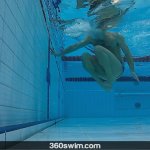
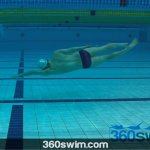


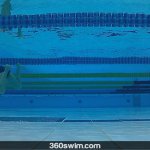
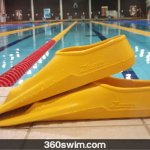

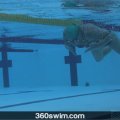



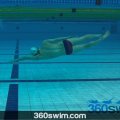
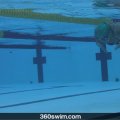
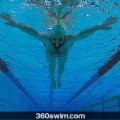
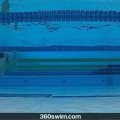
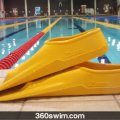


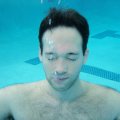
















Comments (4)